How to talk to the Vengeful Martyr, Evasive Expert, Divisive Immortal, Hungry Shapeshifter, Righteous Bully, and The NothingIn this second part of the “Communicating with Villains” series, Kristina and Anna get very practical about how to actually talk to people who are running these archetypes, including when you are the one in the villain seat.They move from real stories about teeth, genetics, and breast health into concrete language, strategies, and “do not do this” warnings for each villain.This is the “how to handle them in real life” episode.In this episodeKristina and Anna explore:How the Vengeful Martyr shows up in health, caregiving, and self neglectWhy dental and breast health can become a mirror for martyrdomThe role of Divisive Immortal catastrophizing in medical decisions and safetyHow to make choices that are logical, not fear based, even around cancer riskHow to actually talk to:Evasive ExpertDivisive ImmortalHungry ShapeshifterRighteous BullyThe Nothing / Invisible DestroyerThey also name the difference between doing “self work” on your villain and learning to stay in relationship with someone else’s.The Vengeful Martyr: health, teeth, and breast tissueAnna shares:How her “Vengeful Martyr era” lined up with sleep deprivation, breastfeeding, and her first major dental issuesThe realization that she invests in visible hygiene and beauty, while neglecting things no one sees, like gums, pap smears, and internal healthA concrete shift: flossing, water picking, changing dentists, and choosing a provider who does not shame herA genetic test that revealed increased risk for breast cancer and skin cancer, and her decision to act now rather than “martyr” herself by ignoring itWhy she is seriously considering prophylactic bilateral mastectomies as an act of self nourishment, not fearKristina reflects on:The symbolism of breasts as sources of nourishment and pleasure, and what it means to “retire” the functional side of them in order to care for the selfHow the Nourisher legend of the Vengeful Martyr is “drink while you pour,” and how that plays out in real bodies and real choicesThe overlap between Vengeful Martyr and Divisive Immortal when it comes to health, anxiety, and medical systemsDivisive Immortal: fear, loyalty, and catastropheThey unpack:How the Divisive Immortal can show up as catastrophizing doctors, shaming providers, and rigid ideas about safetyThe Enneagram 6 “loyal skeptic” flavor, and how loyalty plus fear becomes rigidityThe difference between making a logical preventive decision and making a fear based decisionHow two people can face the same medical risk but be activated in different villains, one in Vengeful Martyr, one in Divisive ImmortalCommunication tips for Divisive Immortal:Avoid “us versus them” language and triangulationEmphasize “you and me versus the problem”Reassure safety and solidaritySay things like:“I feel the fear you are feeling, and I understand it”“I am not your enemy, we are on the same team”“Our relationship is bigger than this argument”Evasive Expert: logic, avoidance, and emotional shutdownFor the Evasive Expert, Kristina and Anna cover:How they over rely on logic and under express emotion, or explode when emotion finally leaks outClassic tells: “I do not know how I feel,” or answering questions with cerebral analysisWhy approaching them with pure emotion makes them disappearCommunication tips for Evasive Expert:Lead with logic, not dramaPresent the impact as a logical chain: “A and B happened, which led to C and D, can you see why I might be upset”Use “logic puzzles” to pierce the emotional shellIn full blow up mode, give them time to process, then return with calm, structured reasoningHungry Shapeshifter: attention, performance, and multiplicityFor the Hungry Shapeshifter, they discuss:The need for attention, lightness, and performanceHow calling out their shifting identities can feel humiliating, not helpfulWhy dramatic outbursts are often releases, not always indicators of deep relational ruptureCommunication tips for Hungry Shapeshifter:Let them perform, be the audience rather than the critic in the momentNotice patterns over time, not just one dramatic sceneWhen they are calm and grounded, take them more seriously than in full performance modeInvite coherence by asking, “Which part of you feels most true right now”Righteous Bully: conviction, protection, and curiosityFor the Righteous Bully, Anna shares how working this arc has changed what even triggers her, and why things that used to set her off no longer land.They cover:The intensity and danger of the Righteous Bully when they have reached their limitHow they will burn things down to protect what they love or believe inThe shift from externalized bullying to internalized self criticismCommunication tips for Righteous Bully:Be deeply curious, not defensiveReflect their point of view back accurately so they feel heardUse ...
Más
Menos
 49 m
49 m 50 m
50 m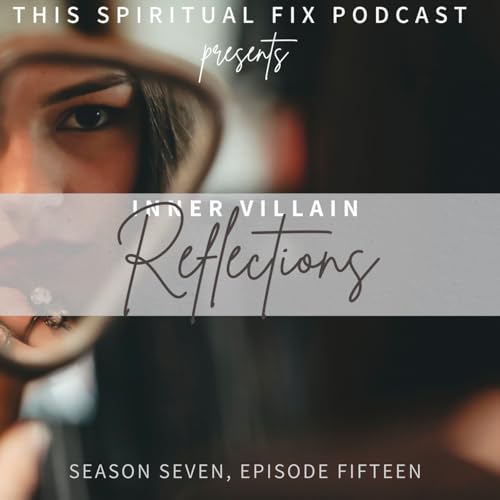 Nov 4 2025Aún no se conoce
Nov 4 2025Aún no se conoce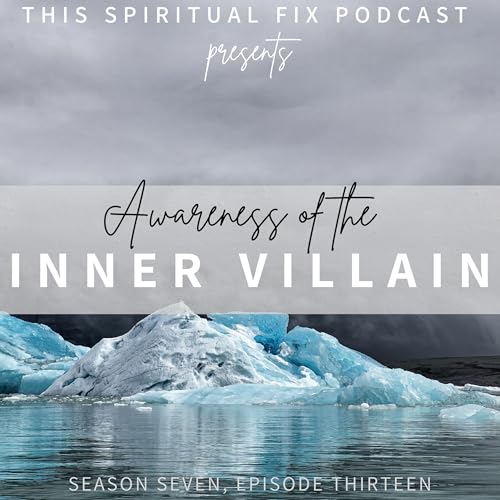 1 h
1 h Oct 7 202525 m
Oct 7 202525 m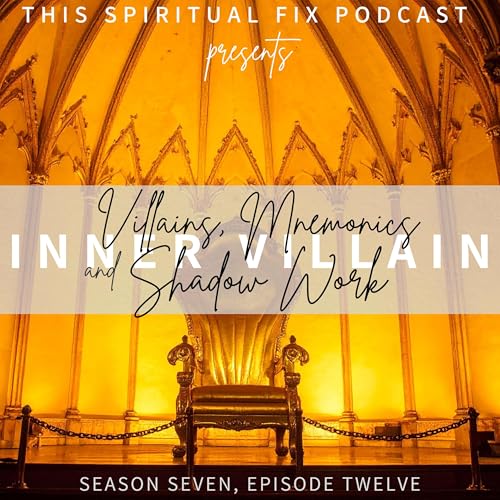 55 m
55 m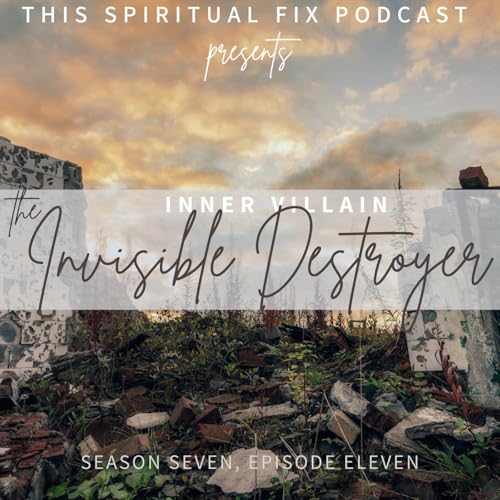 Sep 16 202520 m
Sep 16 202520 m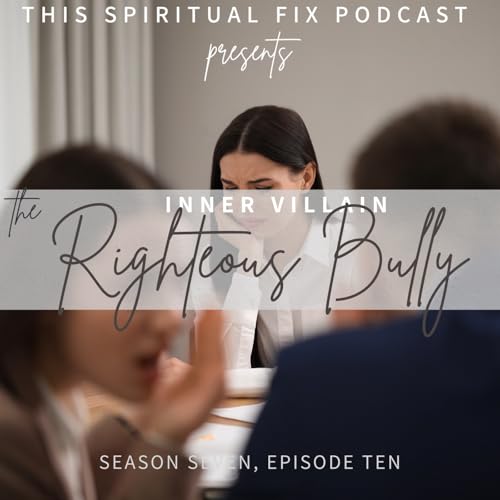 Sep 9 202526 m
Sep 9 202526 m
